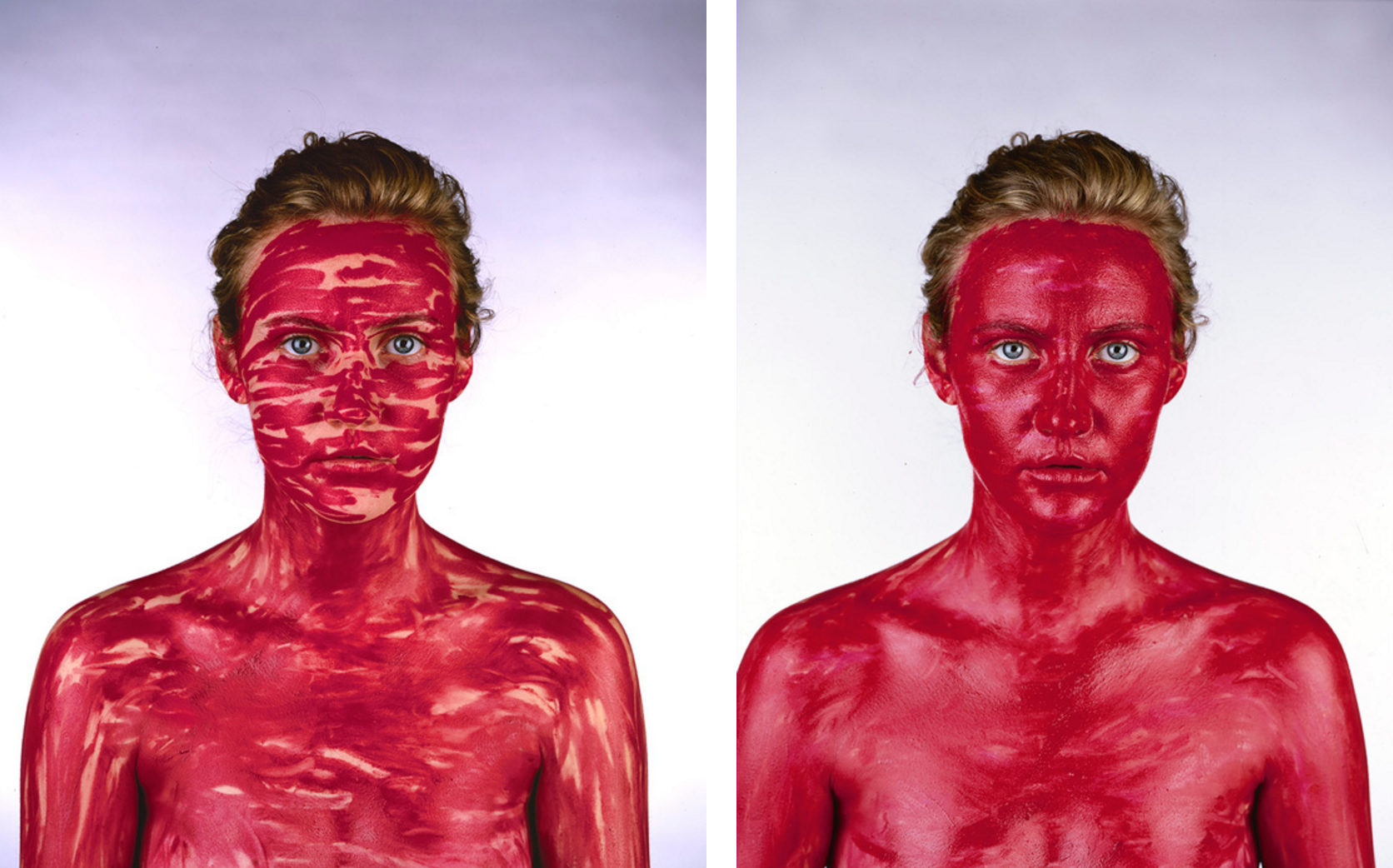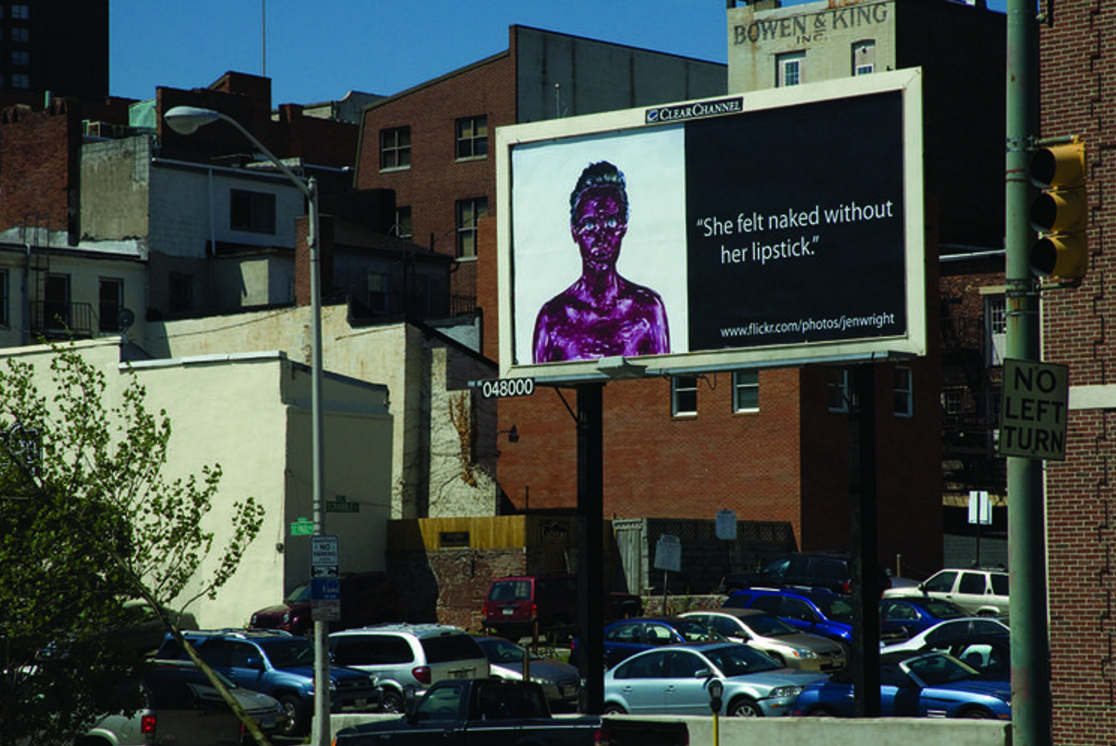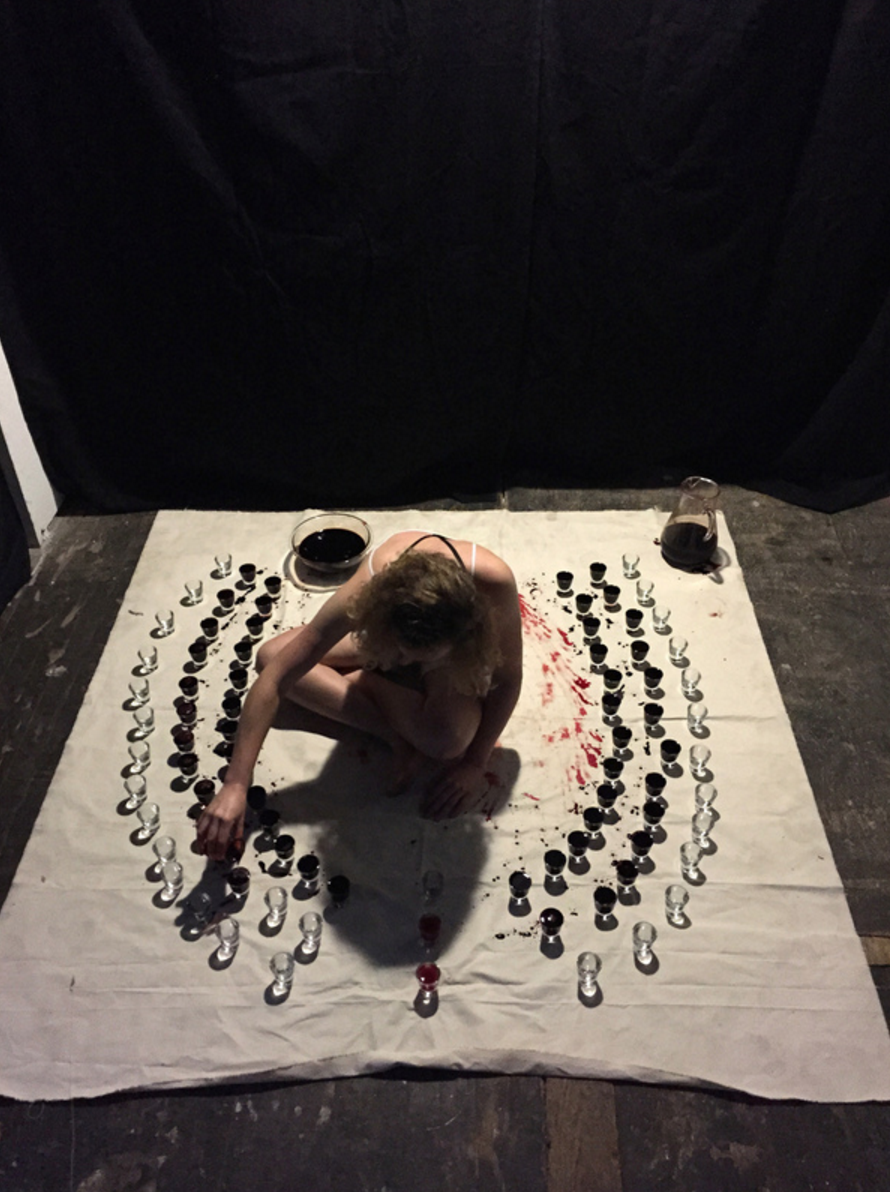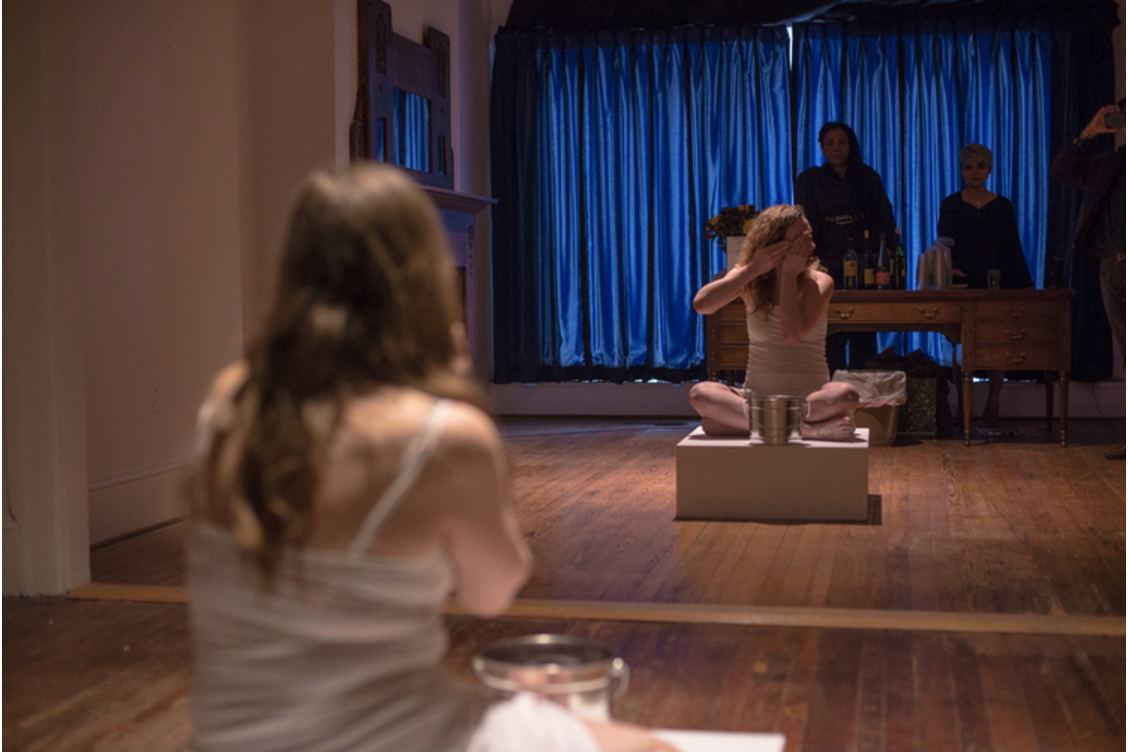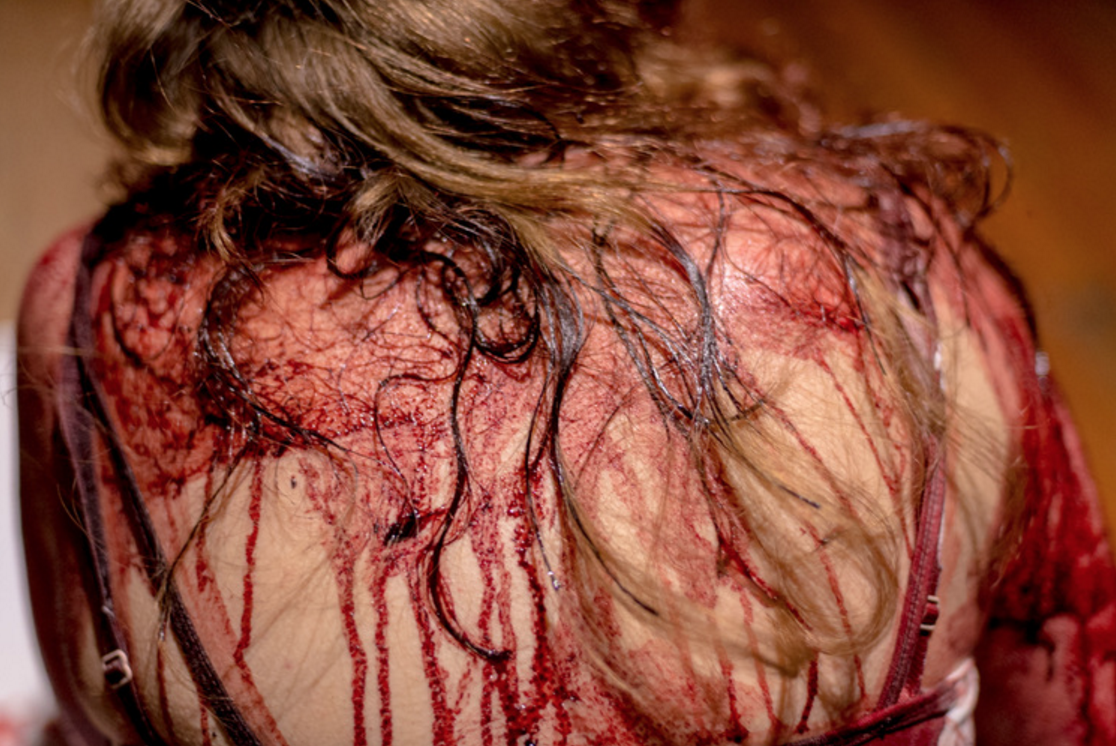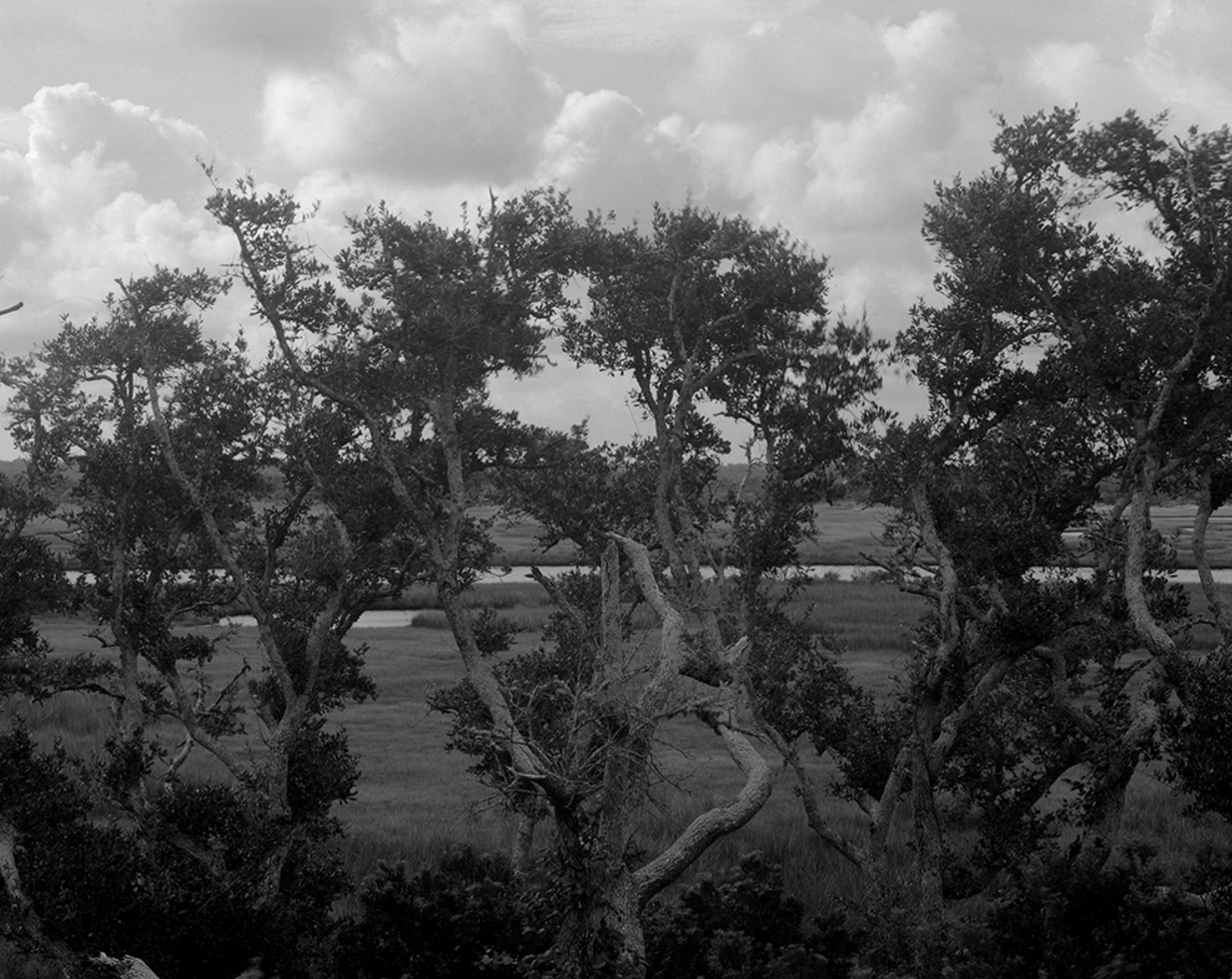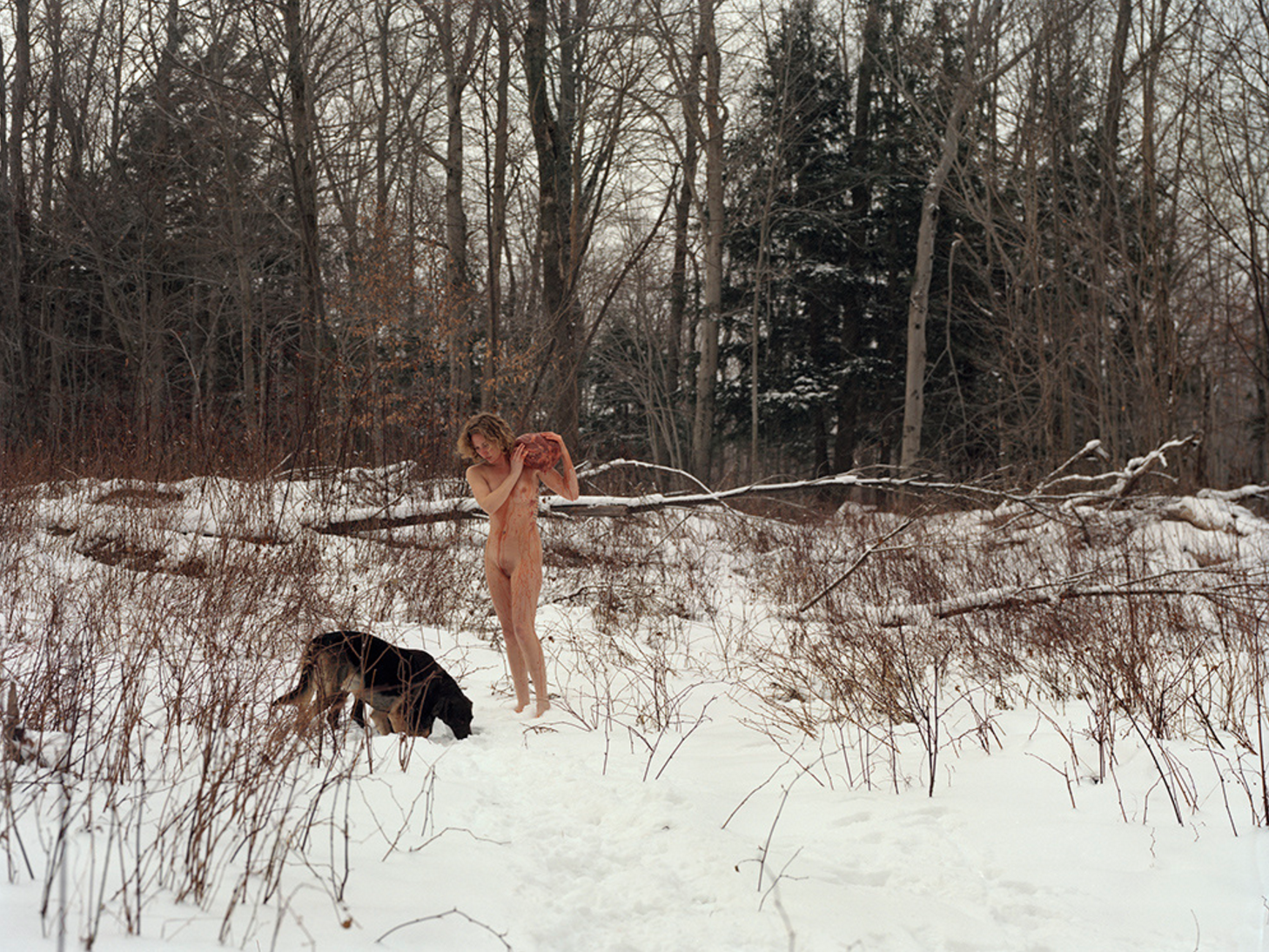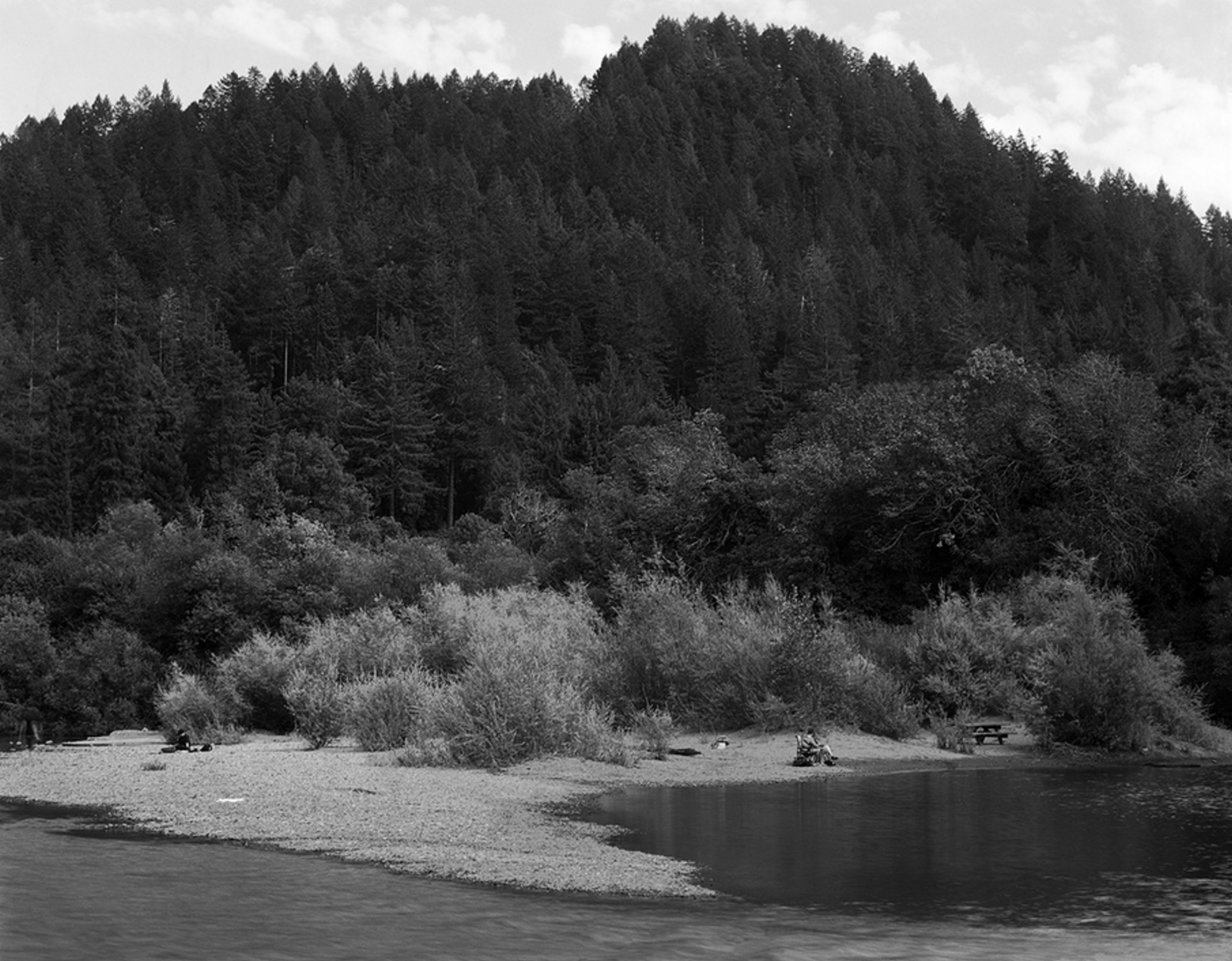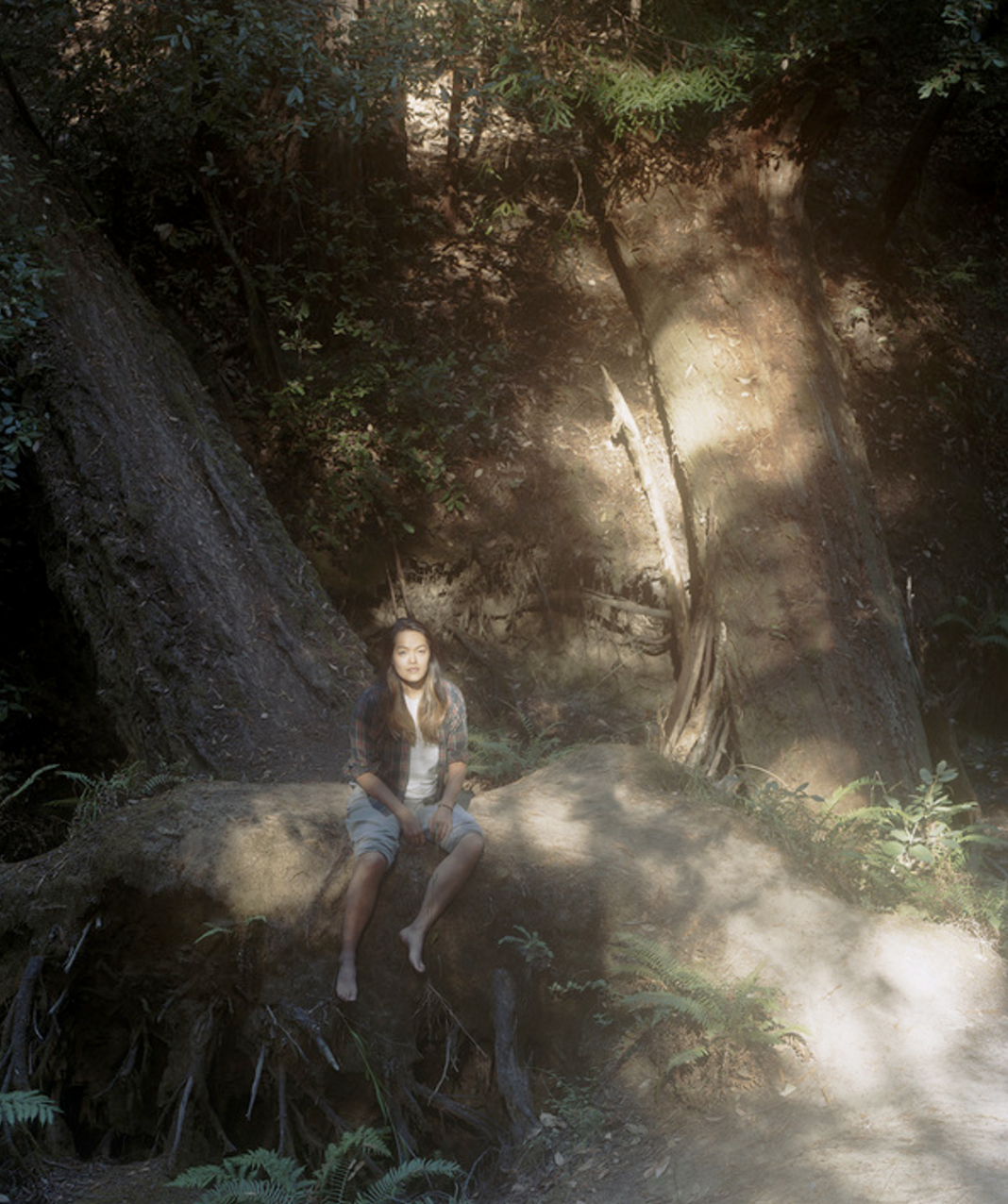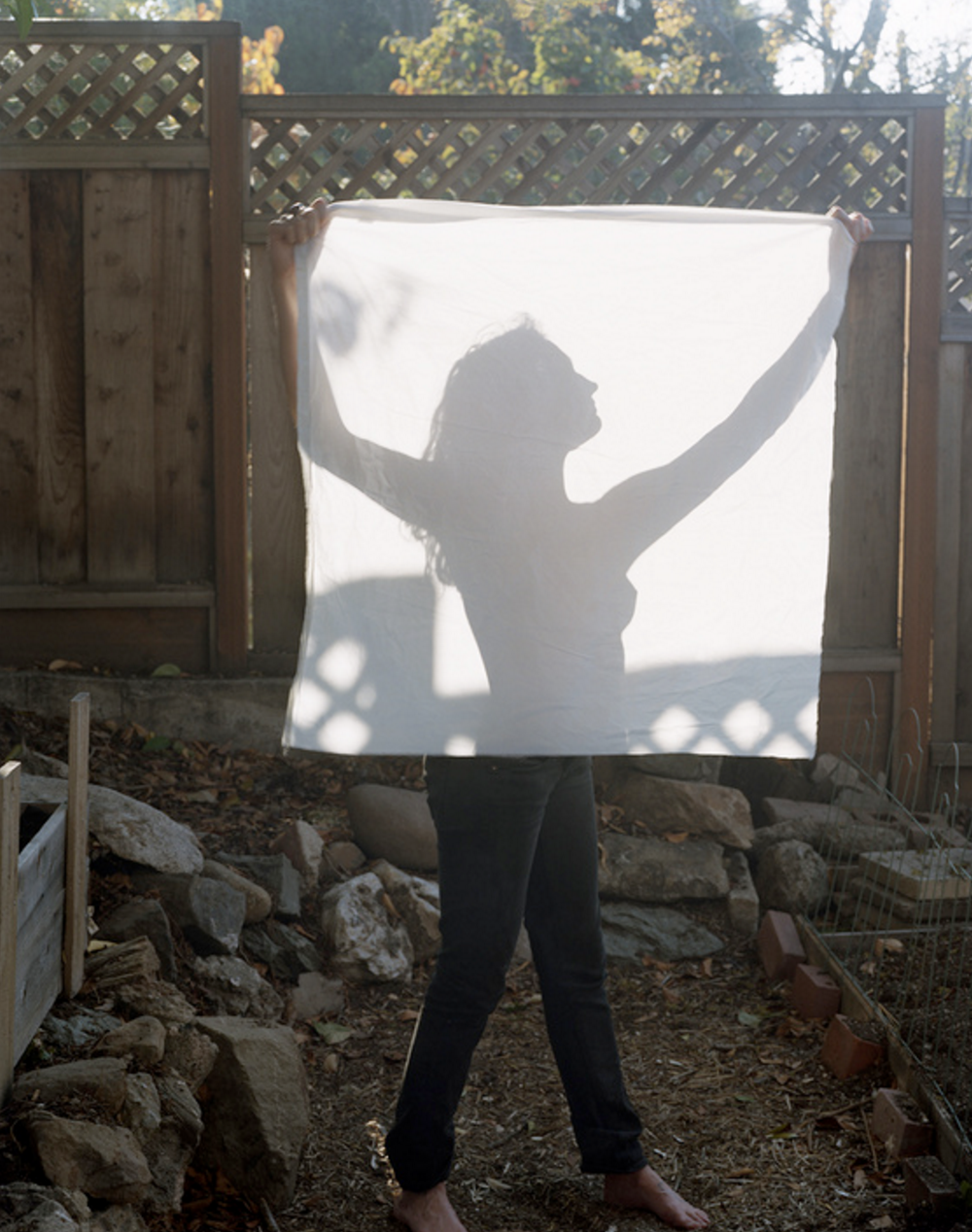Q&A: Jennifer Leigh Wright
By Rafael Soldi | Published June 2, 2016
Jennifer Leigh Wright was born in Baltimore, Maryland. She holds a Master of Fine Art degree from Syracuse University, Department of Transmedia. Jennifer also graduated with honors from the Maryland Institute College of Art in 2008 and studied photography at the University College for Creative Arts in Rochester, England in 2007. Wright was an adjunct instructor of photography at Maryland Institute College of Art from 2012 to 2015. She currently works as a writer and graphic designer for StudySync. She also continues to work as an artist and art educator.
Rafael Soldi: How have early childhood and coming-of-age experiences informed your work?
Jennifer Leigh Wright: Growing up my parents treated my siblings and I as equals. My brother was never told that he needed to “act like a brave, tough man,” and my sister and I were never told to “act like ladies.” We were never encouraged to fit into any specific gender roles or stereotypes. I also attended an all-girls, secular, private school for thirteen years in Baltimore City. It was a rewarding experience. Intimate class sizes and a same sex environment taught me to be confident and outspoken. Honestly, for a long time I didn’t realize that women were treated differently than men. I didn’t realize that women were seen by many as inferior to men both physically and intellectually. I remember when I was in 9th grade a boy from Boys’ Latin School of Maryland said to me, “Girls aren’t as smart as boys.” I remember saying to him, “What? Are you kidding me? Girls are just as smart as boys! Don’t you have any respect for your mother or girlfriend?” Every girl probably experiences this moment at some point in their young lives, but I guess I experienced it at a later age due to my upbringing. It’s been fifteen years, but I still remember that interaction well. It has stuck with me and informed my work.
RS: On one hand you're making conceptual performance work that is durational, brash, and political; on the other hand, you're making photographs of arcadian landscapes with your large format camera. How do these polar interests feed into your practice?
JLW: They’re both equally important to my creative process. I create new photographic work regularly. I am inspired by nature and light daily, and I love the process of working with large format film. It’s true that I am a politically motivated artist, but creating politically charged work constantly can be emotionally draining. It’s important to take time for yourself to meditate about your motivations, your direction, and your life. I find hiking and photographing in nature to be both meditative and inspirational. Hiking and photographing in nature brings me clarity and gives me ideas for new performance work.
RS: It's refreshing to hear someone refer to their work unapologetically as 'feminist performance art'. How important is it to you to put your work in these terms?
JLW: Identifying as a feminist is incredibly important to me. I recall learning about “post-feminism” while studying at MICA as an undergraduate student. I remember peers identifying as “post feminists,” claiming that it doesn’t matter if you are a man or a woman, because we should all be treated as individuals with our own unique attributes. I totally agree with that concept; however, women are still not paid as much as men, and women are still portrayed as the objects of male desire in the media and contemporary culture. Sexism and misogyny are very much alive. I was cat-called twice today! I refuse to sweep feminism under the rug and pretend it didn’t happen! I think everyone should be a feminist. People aren’t generally born sexists and misogynists. Patriarchy creates misogyny. It’s important to have discussions about inequality, and feminism is a crucial part of that discussion. I believe that performance art can help aid in that conversation. Performance art is unique in that it transcends galleries and museums. You can create it anywhere! I love that feminist, performance art resists established hierarchies. Feminist performance art helps reclaim the female body from a society that has degraded and objectified it.
RS: In undergrad you had a few professors who introduced you to the thinkers and writers who have informed your interests and research. Can you share that experience and who has inspired you?
JLW: I attended Maryland Institute College of Art from 2004 to 2008 and I took as many art history, feminist history, and feminist theory courses as I could. A brilliant professor, Dr. Soheila Ghaussy, introduced me to Laura Mulvey’s concept of the male gaze, Barbara Creed’s The Monstrous-Feminine, and Julia Kirsteva’s Powers of Horror, An Essay on Abjection. Feminist theory changed my outlook on art, film, and society. It changed my life. Soheila taught me how to express my frustrations with societal expectations of women and patriarchy.
Several teachers greatly informed my visual art practice. I fell in love with photography while taking Black and White Film Photography with Lynn Silverman. I originally attended MICA as a painting major, but after taking Lynn’s class I realized that photography was the perfect medium for me. Photography is sculptural, painterly, it can be used to create narratives, and it can also be used to document performance art. Lynn also helped me grow beyond making purely observational photography. She taught me to think conceptually about the work I was making. I began thinking about how my work influences viewers.
Finally, as a student I had a strong desire to use my body as a medium and as a canvas. Creating personal artwork that incorporates your own, nude body can make you feel quite vulnerable. You’re allowing your personal life, your body, and your artwork to being critiqued by strangers. Regina DeLuise’s course, Photography and The Body, provided a safe and comfortable space for me to experiment with performance. I made some really weird artwork in that class! But, Regina always encouraged me to push boundaries and never made me feel self-conscious about the work I was making.
RS: Tell me about your artistic influences
JLW: I saw a retrospective of Ana Mendieta’s work at the Hirshhorn Museum in Washington D.C. in 2004. I remember projected videos of a nude woman, covered in blood and feathers, illuminating the walls of galleries. Images of the artist's body buried in the earth, aflame, covered in mud, flowers, water, and grass were depicted sculpturally and photographically throughout the exhibition. Her work was spiritually and politically charged. She explored difficult subject matter, such as rape. Ana Mendieta’s artwork was unapologetic and fearless.
After falling in love with Ana Mendieta’s work I began studying performance artists from the 1960s to present day. I love Yoko Ono’s Cut Piece, Valie Export’s Action Pants: Genital Panic, and Carolee Schneemann’s work. I’m also greatly inspired by the work of artists such as Gina Pane, Hannah Wilke, Coco Fusco, and Dr. Annie Sprinkle.
Finally, I love endurance art. My favorite endurance art piece would be Tehching Hsieh and Linda Montano’s Rope Piece. Hsieh and Montano tied themselves together at the waist with a six-foot-long rope. They stayed tied together for an entire year, never removing the rope, and never touching each other. Tehching Hsieh’s endurance art is extraordinary. Check it out if you haven’t!
RS: Lets talk about failure for a moment. At one point in our conversation I mentioned a memorable piece I remembered from an undergrad critique many years ago, you laughed about it but mentioned how this 'failure' made you a better artist. Has failure been important in pursuing work that may push a lot of buttons?
JLW: That art piece was so bad! I can’t believe that you remember it in a favorable way. Although I’m happy that you brought it up. I honestly believe that about 90% of all of the performance art I have created has been a total failure. You need to fail a lot before you can truly succeed. Sometimes artists decide not to pursue their ideas, because they are afraid of how the work will be perceived by others. If you have an idea, even if the idea seems cliché at first, then give it a try! Trust yourself. If it fails, then move forward. You’ve learned something new by failing! If all of your artwork that you’ve ever created has been beautiful and brilliant, then you aren’t challenging yourself and you aren’t growing.
Learning from failure helped me create my piece, “She felt naked without her lipstick.” After several performance art failures I began to trust my own experiences and perspective more. For example, I have always felt uncomfortable with gender constructs. Women are often expected and encouraged to wear makeup, but men aren’t. And if a man chooses to wear makeup, he is often viewed as odd. I personally have never felt comfortable wearing a lot of makeup. It doesn’t fit my gender identity well. I have friends who spend hours putting on makeup each day. Some find wearing makeup to be empowering, but others do it because they feel pressured by hegemonic masculinity and capitalism.
I wanted to create a visual response to these gender constructs. I created several endurance art pieces where I applied copious amounts of makeup to my entire body for five hours during each performance. I would make prints of my body on canvas and take photographs afterwards. Sometimes these performances made me sick. I got a lot of rashes and my skin was irritated.
We see a lot of makeup advertisements throughout our daily lives. I thought this projects would also work well as a fake advertisement. While working in the photography studio, I photographed my face and body, covered in lipstick, using an 8x10 view camera. I scanned the 8x10 color transparency film and designed a fake advertisement that would later be displayed on a billboard.
At this time (2007-2008) there was a horrible abstinence campaign in Baltimore City. The campaign’s billboards depicted a young woman’s portrait next to a tagline that read, “I’m not giving up and not giving in.” A city with such a high STD rate should be promoting contraceptives, not abstinence. I try to bring a little humor to my artwork whenever possible and I wanted to poke fun at that terrible campaign. My billboard depicted me, naked, covered in lipstick, next to the tagline, “She felt naked without her lipstick.” My billboard’s design mimicked the billboards used in that abstinence campaign. “She felt naked without her lipstick” was installed on a Clear Channel billboard for over a month at a major intersection in Baltimore City.
RS: You've recently started teaching and that has yielded bonds and collaborations. Tell us more!
After I earned my MFA from Syracuse University, Department of Transmedia, I returned to Baltimore to teach as an adjunct instructor at MICA from 2012 to 2015. While at MICA I taught Black and White Film Photography, Digital Photography, Large Format Photography, I taught during MICA’s Pre-College program, and I taught a photography course about myth and allegory. During these three years I met many influential students and artists. I still collaborate with a few former students, such as Ben McNutt and Emilia Pennanen.
In 2012 I began working with two women, Allana Clarke and Emilia Pennanen. Emilia Pennanen is a feminist performer from Finland and Allana Clarke is a feminist, performance artist from Trinidad whose “work investigates the construction of power politics as both an authoritative structure and an abstraction.” During graduate school I had stopped making politically charged, feminist artwork. Emilia and Allana inspired me to create new work about reclaiming the female body.
Emilia and I collaborated on performance artwork and researched feminist artists together for over a year. We watched films, visited exhibitions, and wrote essays about abjection and the female form. Women are often portrayed as sexualized objects in the media, yet women’s bodies are feared. The vagina dentata myth is still prevalent in cinema and menstrual blood is thought of as disgusting. Women are made to feel ashamed of their menstrual blood and their bodies.
Emilia was offered an opportunity to perform at The Platform Gallery by LABBODIES, an innovative group of performance artists and curators. Emilia asked me to perform a piece called “Blood Cube & Spit Face” with her. During the piece Emilia and I sat on pedestals facing each other. Emilia had a bucket of frozen cubes of blood in front of her and I had a bucket of water and saliva in front of me. Emilia rubbed frozen cubes of blood across her entire body. I spit into my hands and bathed my body in water and my own saliva. We sat facing each other, gazing into each other’s eyes, and gazing into the eyes’ of the viewers, while we bathed ourselves in our bodily fluids for two hours. I was told that this performance was a visceral experience for many of the viewers.
RS: What is Patient Series about? What are you working on now?
JLW: Patient Series is unlike any work I’ve ever made before. (Other than working with blood, that is!). Patient Series is a visual response to a story I heard during my childhood about my father’s psychiatric patient who amputated her leg after experiencing a tingling sensation in it for several years. Frustrated that doctors did not believe her about the tingling sensation, she decided to amputate her own leg. The patient studied medical textbooks, collected tools, and successfully amputated her own leg. She survived. My father died when I was 18 so I cannot ask him about specific childhood memories I have of his patients. Creating Patient Series has been introspective and cathartic for me. This series definitely came from a darker place within me. It’s quite jarring imagery, but I’ve never shied away from creating abject art.
I loved working at MICA as an adjunct instructor, but earning a living as an adjunct is almost impossible. I currently work as a graphic designer and writer for a California-based education company called StudySync. I moved to California in July of 2015 and have recently been working on a photography project called “Backyard Magic.” My partner, Dana Chang, and I frequently go camping and hiking together. We love spending time in nature and we particularly enjoy hiking along the Russian River. The drought in California, low water levels, and a heat wave in the summer of 2015 resulted in a large algae bloom in the Russian River. This toxic algae bloom has been unsafe for humans and animals. Dana and I began photographing the Russian River, the redwoods, and the algae bloom last summer. We’ve been photographing the effects of the drought in our domestic space as well. This series is a work-in-progress, so we’ll see how it evolves over the next year or so! Collaborating with Dana has been enlightening. Her approach to photographing subjects is completely different than mine. We learn a lot from each other!
I’ll be teaching Digital Photography and Performance Art and Photography at Rayko Photo Center in San Francisco this summer. I’m looking forward to new collaborations and working with Bay Area artists!
Above: feminist performance pieces | © Jennifer Leigh Wright
Above: Blood Cube & Spit Face
© Emilia Pennanen and Jennifer Leigh Wright
Above: Landscapes | © Jennifer Leigh Wright
Above: Patient Series | © Jennifer Leigh Wright
Above: Backyard Magic | © Jennifer Leigh Wright

